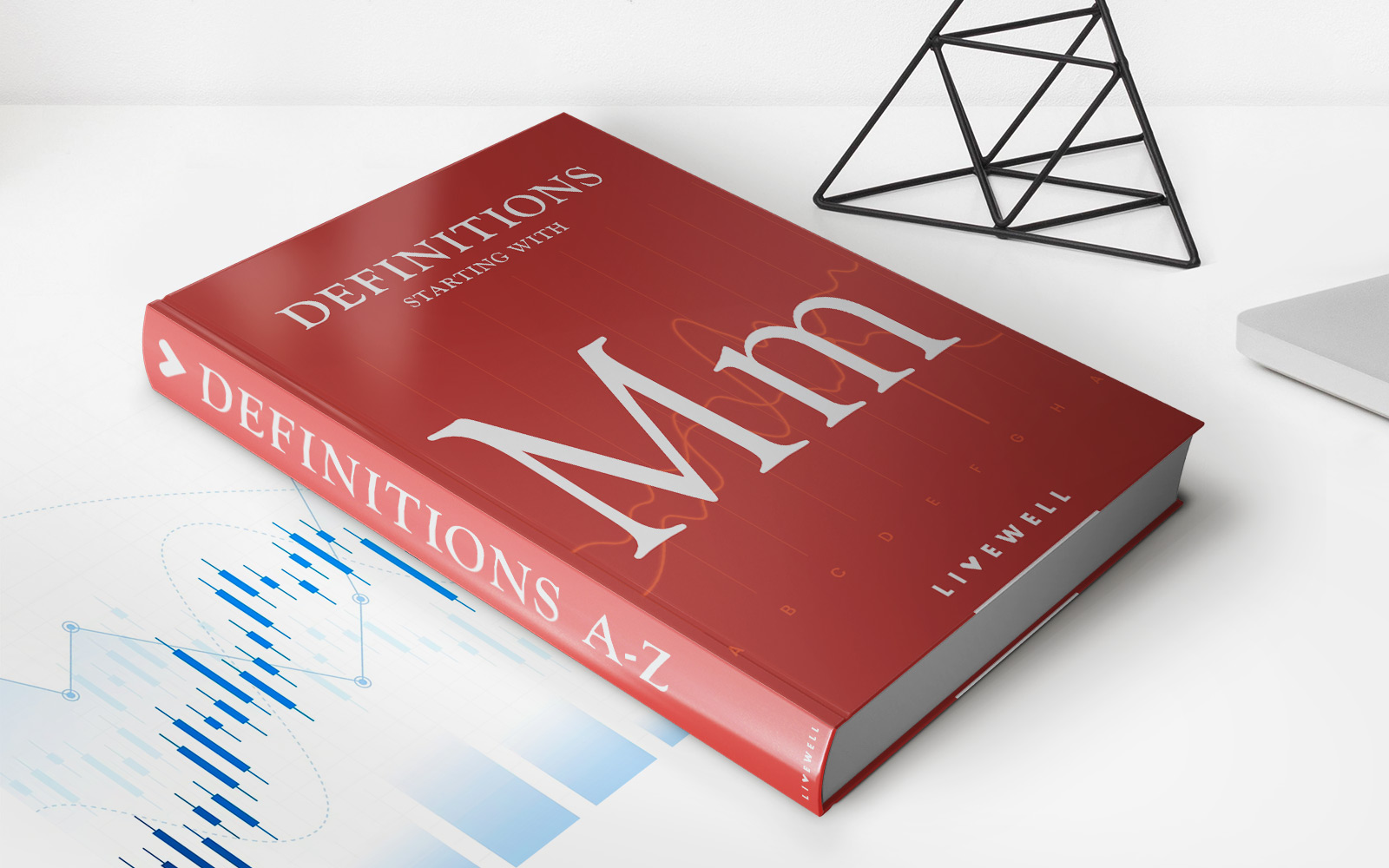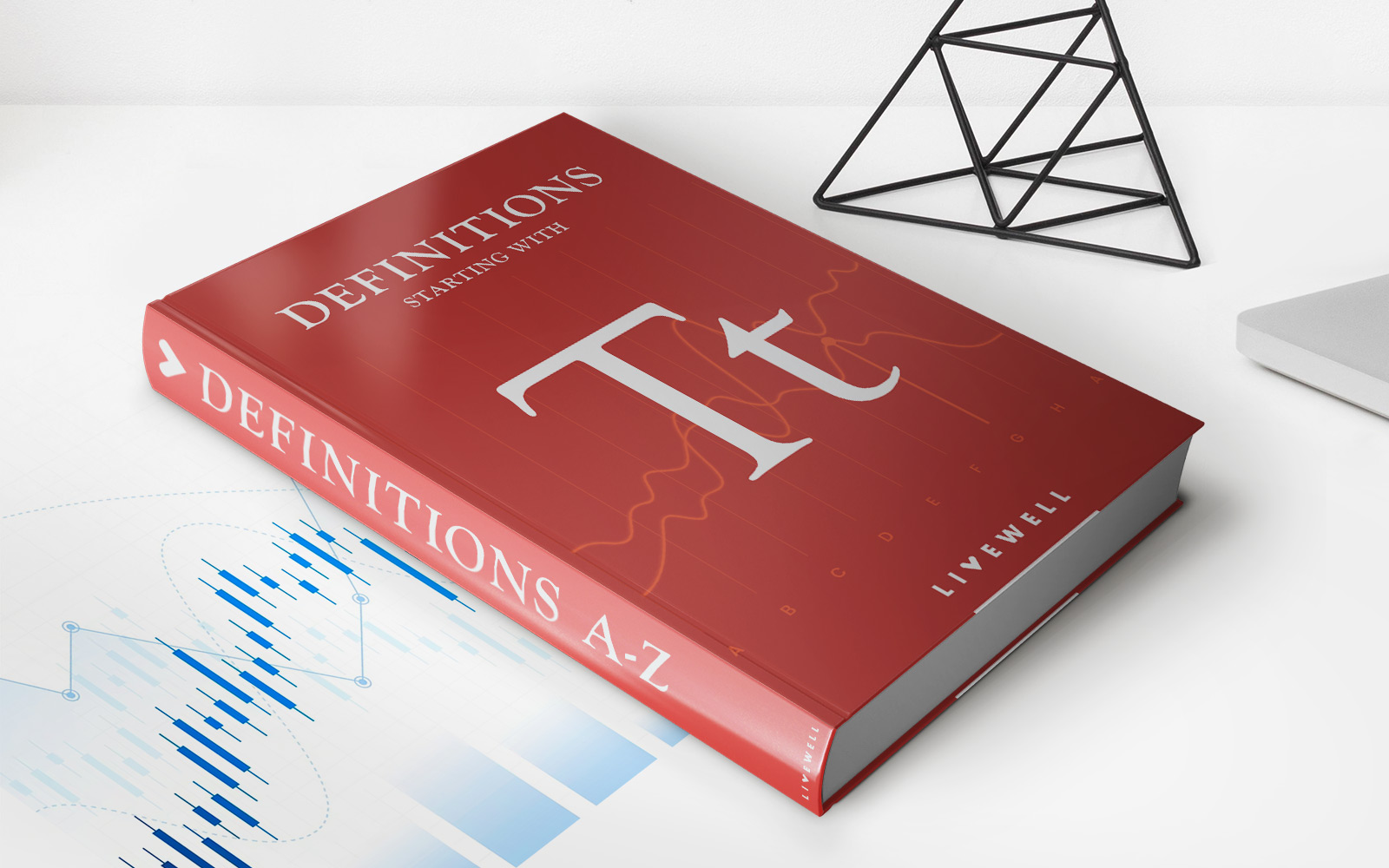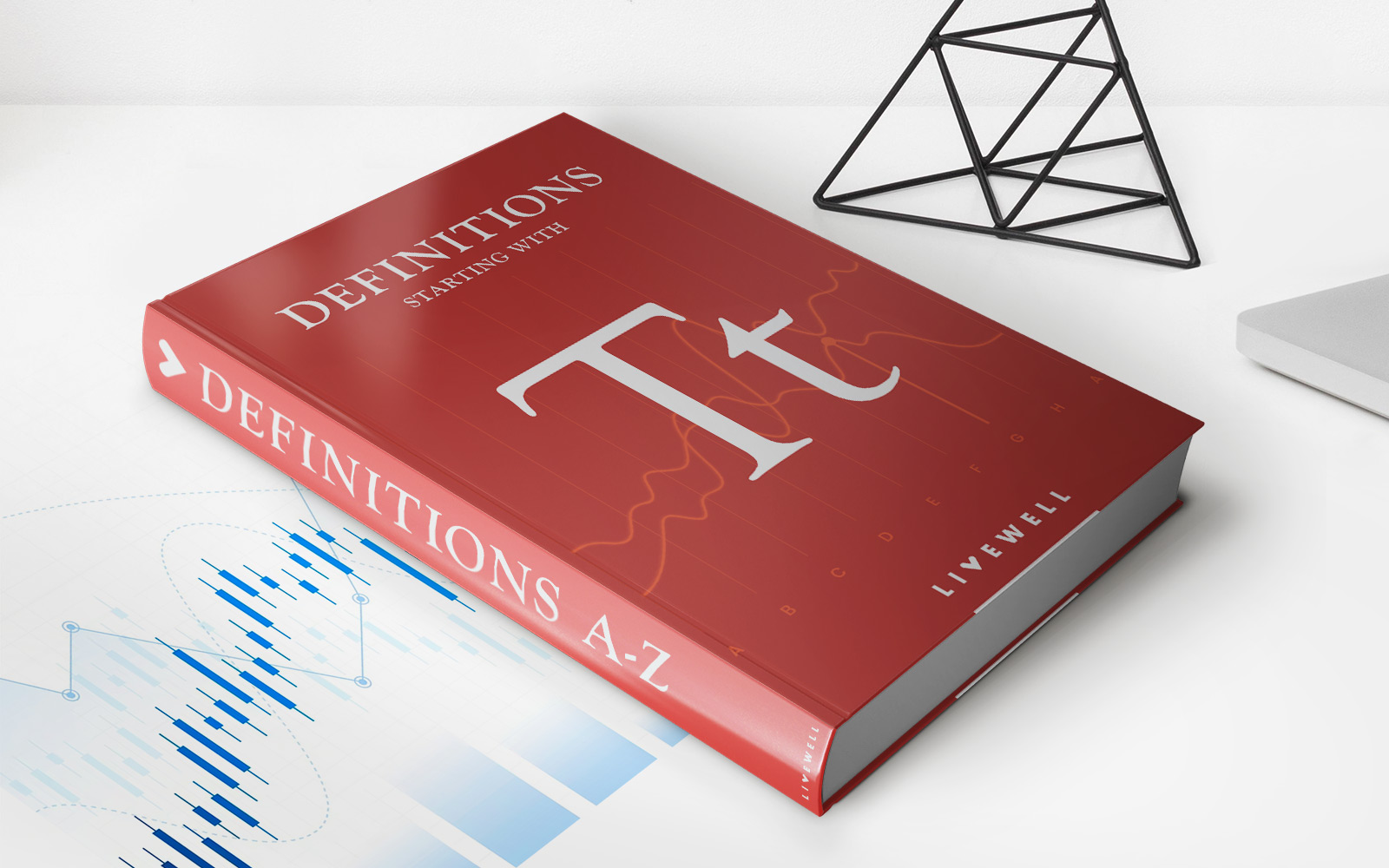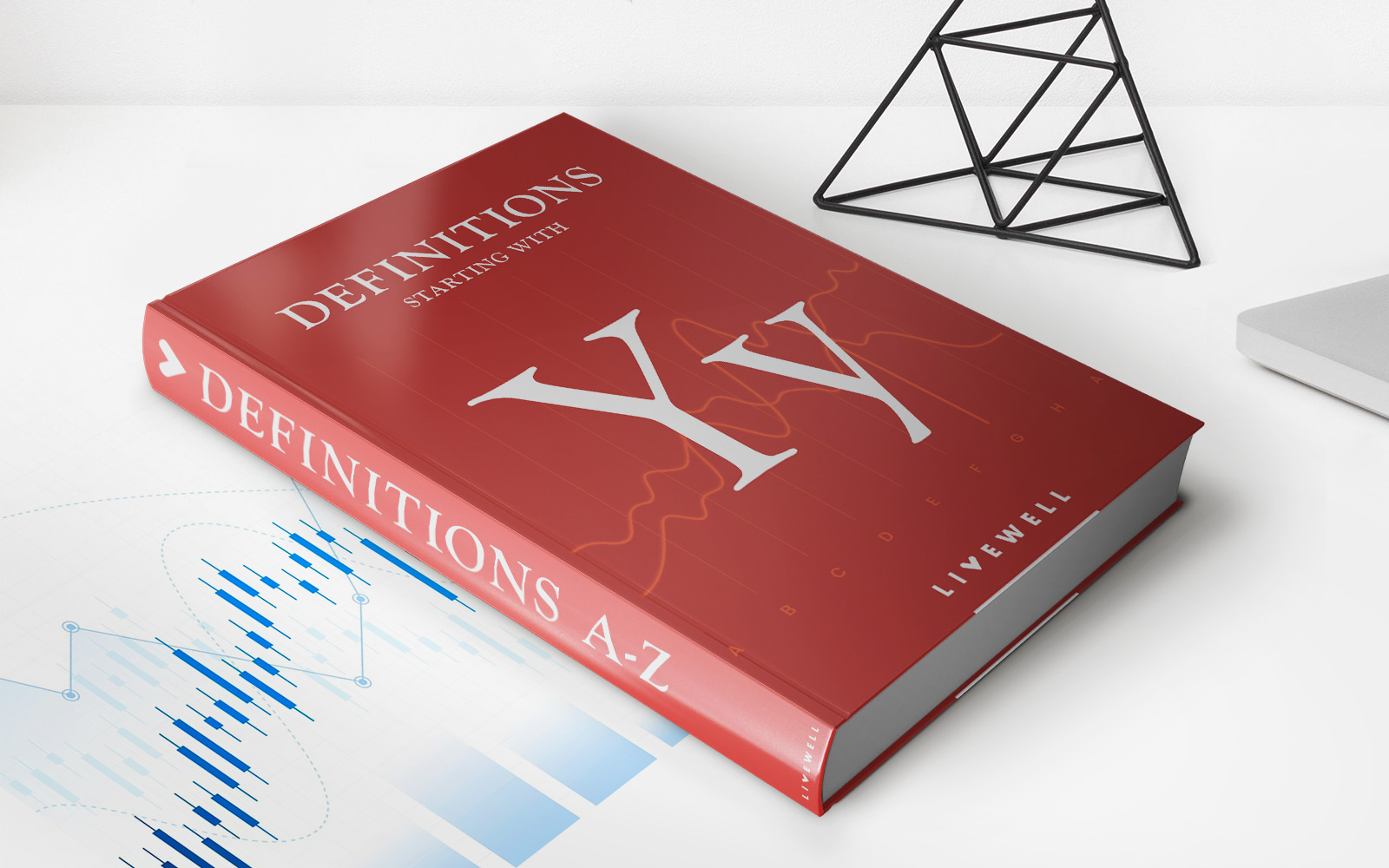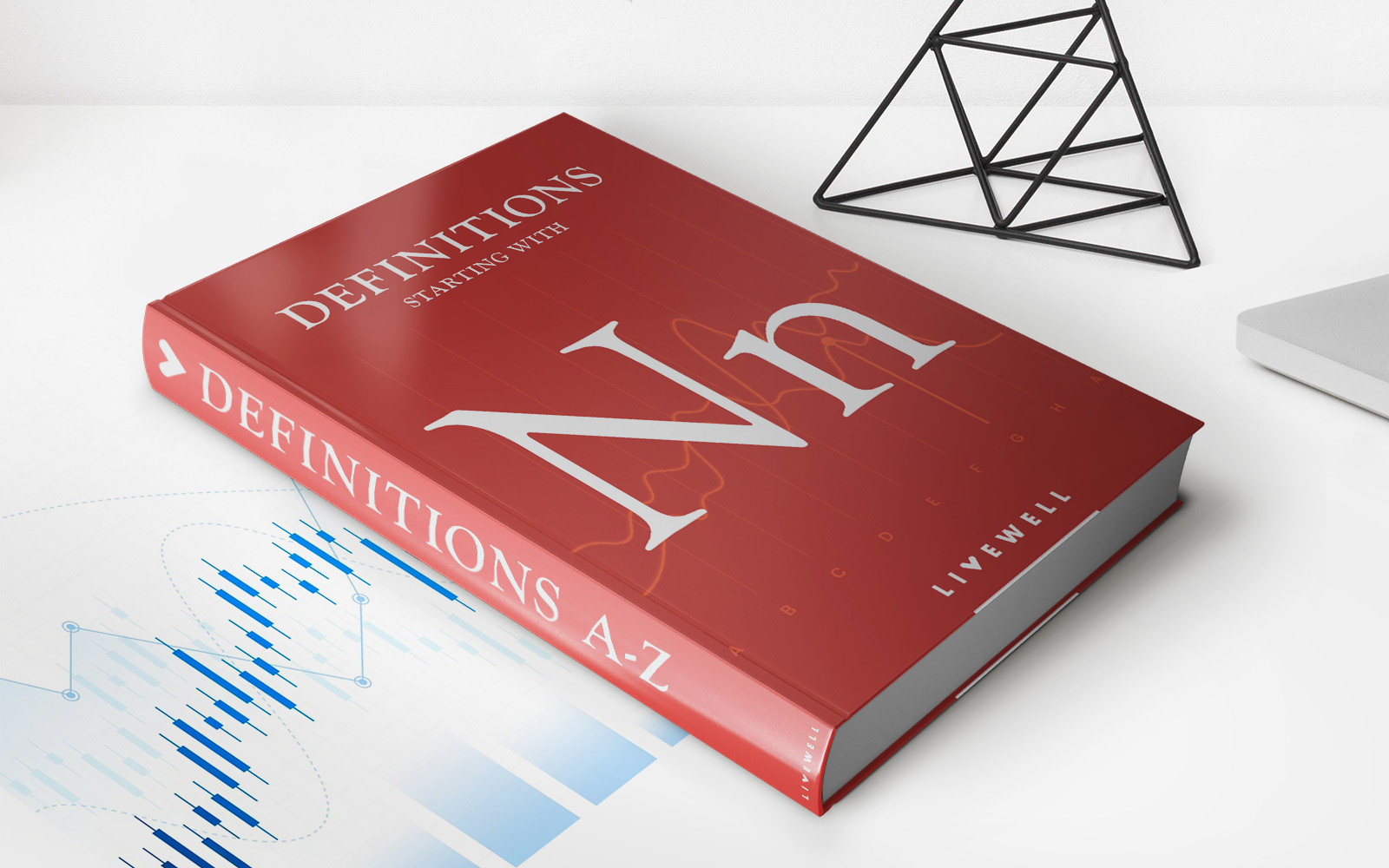

Finance
Box-Top Order Definition
Published: October 18, 2023
Discover the meaning of box-top orders in finance and how they can impact your investment strategy. Enhance your financial knowledge with our detailed definition.
(Many of the links in this article redirect to a specific reviewed product. Your purchase of these products through affiliate links helps to generate commission for LiveWell, at no extra cost. Learn more)
The Box-Top Order: Simplifying Finance for Effective Money Management
Managing finances can sometimes feel like a juggling act, with bills to pay, savings to grow, and expenses to track. For individuals seeking to take control of their financial lives, implementing a box-top order can be an effective strategy. In this blog post, we will dive into what exactly a box-top order is, how it works, and the benefits it can bring to your overall financial management.
Key Takeaways:
- A box-top order is a structured approach to managing finances for effective money management.
- Implementing a box-top order means organizing financial aspects into separate boxes based on priority and time sensitivity.
So, what exactly is a box-top order? Think of it as a mental framework that allows you to compartmentalize and prioritize your financial responsibilities. Just like organizing items in different boxes, you can think of organizing your finances into separate “boxes” based on priority and time sensitivity. Here’s how it works:
- Box 1: Essential expenses – This box is dedicated to your fixed and necessary expenses, such as rent or mortgage payments, utilities, groceries, and loan repayments. These expenses are the foundation of your financial stability and should be prioritized.
- Box 2: Savings and investments – This box is for your long-term financial goals and building wealth. Allocate a portion of your income towards savings, retirement accounts, and investments. By consistently contributing to this box, you set yourself up for financial security in the future.
- Box 3: Discretionary spending – This box is for your non-essential spending, such as dining out, entertainment, and shopping. While it’s important to enjoy your hard-earned money, it’s crucial to keep this box in check and avoid overspending.
- Box 4: Financial safety net – This box is for unexpected expenses or emergencies. Establish an emergency fund to cover at least three to six months’ worth of living expenses. Having this safety net brings peace of mind and protects you from potential financial setbacks.
By organizing your finances into a box-top order, you gain several benefits:
- Clarity and structure: With a box-top order, you have a clear understanding of where your money is going and how it should be allocated.
- Better financial decision-making: The organized framework helps you make informed decisions about spending, saving, and investing.
- Financial stability: Prioritizing essential expenses and building savings ensures a solid financial foundation.
- Reduced stress: By knowing your financial obligations are taken care of, you can focus on other aspects of your life with less worry.
Implementing a box-top order requires discipline and commitment to sticking with the plan. Regularly review and assess each box’s contents to adjust for any changes in your financial situation or goals. With time, you’ll find yourself experiencing better financial management and a more comfortable grip on your overall financial health.






